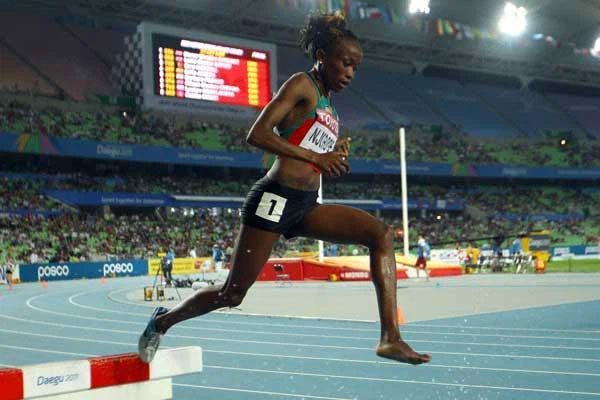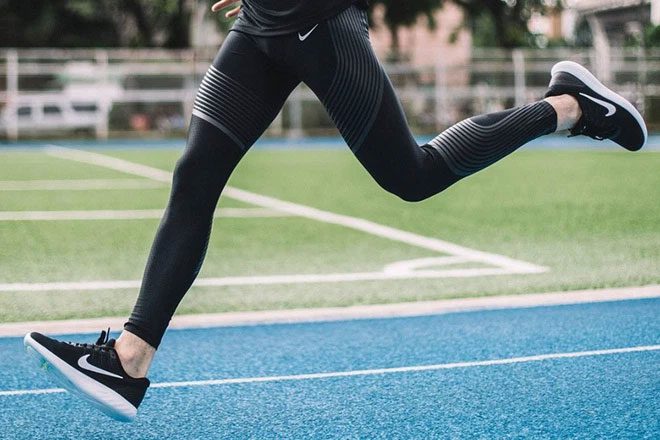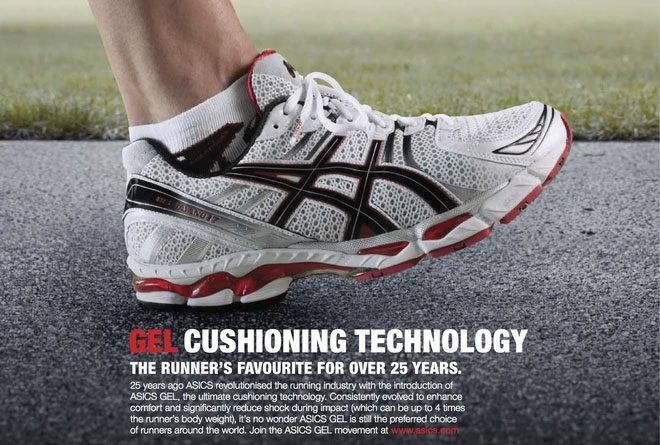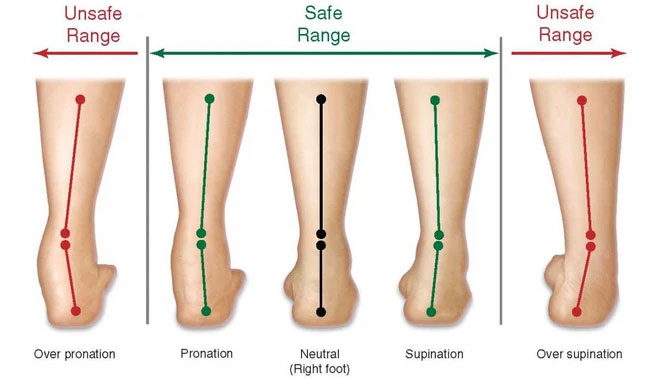For anyone who has fallen in love with sneakers, it is well known that this passion goes beyond just the primary function of the shoes: protecting the feet.
Sneakers are like a work of art, a fertile ground for designers to assert their identity, set fashion trends, and most importantly, integrate the latest technologies to support the weight of the entire body.
With the overall development of the world, the boundaries between fashion, sports, and technology are becoming increasingly blurred. A question arises: Do running shoes really help reduce injuries and enhance training effectiveness?

If you are a running enthusiast, you know that running shoes have never been cheap.
It is estimated that the athletic footwear industry is worth $20 billion. If you are a running enthusiast, you know that running shoes have never been cheap. Do running shoes really help you “perform like a pro,” or are they just a marketing gimmick from manufacturers? Let’s seek answers to this question.

Kenyan athlete Mercy Wanjiku Njorog once competed in the 3000m race wearing only one shoe at the IAAF World Championships.
About 6 to 7 years ago, Kenyan athlete Mercy Wanjiku Njorog competed in the 3000m race wearing only one shoe at the IAAF World Championships.
During the race, Wanjiku’s left shoe came off, and despite the severe imbalance between her two legs, she continued to compete and won a bronze medal on August 30, 2011. Was it the shoe or her determination that led her to victory?
Track and field, particularly running, is a sport that is not inherently complex, but the repetitive nature of the bones and joints places significant mental and physical pressure on the body. On average, joints, muscles, and bones endure pressures five times greater than body weight with each stride, leading to a very high injury rate.
According to data from Highsnobiety, despite major sports brands like ASICS and Nike investing billions of dollars annually in research and development of running shoes, approximately 65-85% of running enthusiasts still experience injuries at least once a year.
Running Shoes

Brands like ASICS and Nike invest billions in running shoe research and development each year.
A good running shoe is designed to protect the feet and reduce injuries during physical activity. The technologies and breakthroughs we often hear about, such as Lunarlon cushioning, Freerun (Nike); BOOST (adidas), Gel (ASICS), and the knitted shoe upper technologies like Flyknit and Primeknit, are all advertised to provide the best experiences for running enthusiasts.
The truth is that whether running leads to injuries depends on several factors:
– Running Form:

The way muscles and the nervous system respond to each person’s running form is a key factor determining the pressure on the feet. Without training, stride length and running form are unique to each individual. They are directly or indirectly related to the feet, ankles, knees, hips, arm movements, and upper body motions…
When it comes to running injuries, the first thing to consider is running form, not what shoes you are wearing.
– Stability and Cushioning of the Shoe

It cannot be denied that running shoes with balanced, comfortable cushioning can help increase stability while running and somewhat reduce pressure on the feet on uneven surfaces (which is hard to achieve with bare feet).
On the other hand, good cushioning helps prevent the likelihood of knee injuries and other joint issues. However, too much cushioning is not always the best choice.
The longer and more intense the run, the thicker the cushioning should be; conversely, for shorter distances requiring quick acceleration, the cushioning will lean towards being more flexible and noticeably thinner.
Excessive cushioning and high soles often lead runners to land on their heels, which can increase the risk of injury.
Before running shoes were invented in the 1970s, most shoes and sandals had a smaller heel and thinner cushioning than modern running shoes, which encouraged a habit of landing on the toes. This is why the seemingly illogical notion holds true: the more modern running shoes you wear, the easier it is to… get injured.
Do Running Shoes Really Help Reduce Injuries and Enhance Training Effectiveness?

One of the most common injuries in running is ankle sprains (pronation).
Individuals with a neutral foot structure have an inward deviation of about 15%. Those with a high arch typically experience outward rolling, while those with flat feet tend to roll inward. Manufacturers often advertise that they have running shoes suitable for each type of foot.
However, a study published in the British Journal of Sports Medicine shows that the injury rates among individuals with different degrees of ankle pronation do not differ significantly when given neutral shoes.
This article is not intended to encourage you to throw your expensive running shoes in the trash and run barefoot on the streets. Not at all, running shoes do have a certain effect, but they are just one of many factors that help you run well.
The key takeaway is that running shoes can impact our health. Be a smart consumer, one who listens to their body and habits rather than being led by flashy marketing campaigns.
There is no single “best” running shoe; it depends on your running form, distance, surface, and ultimately, your experience. As mentioned above, it’s essential to try various types of running shoes until you find the one that suits you best.


















































